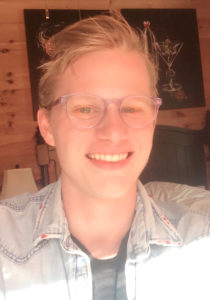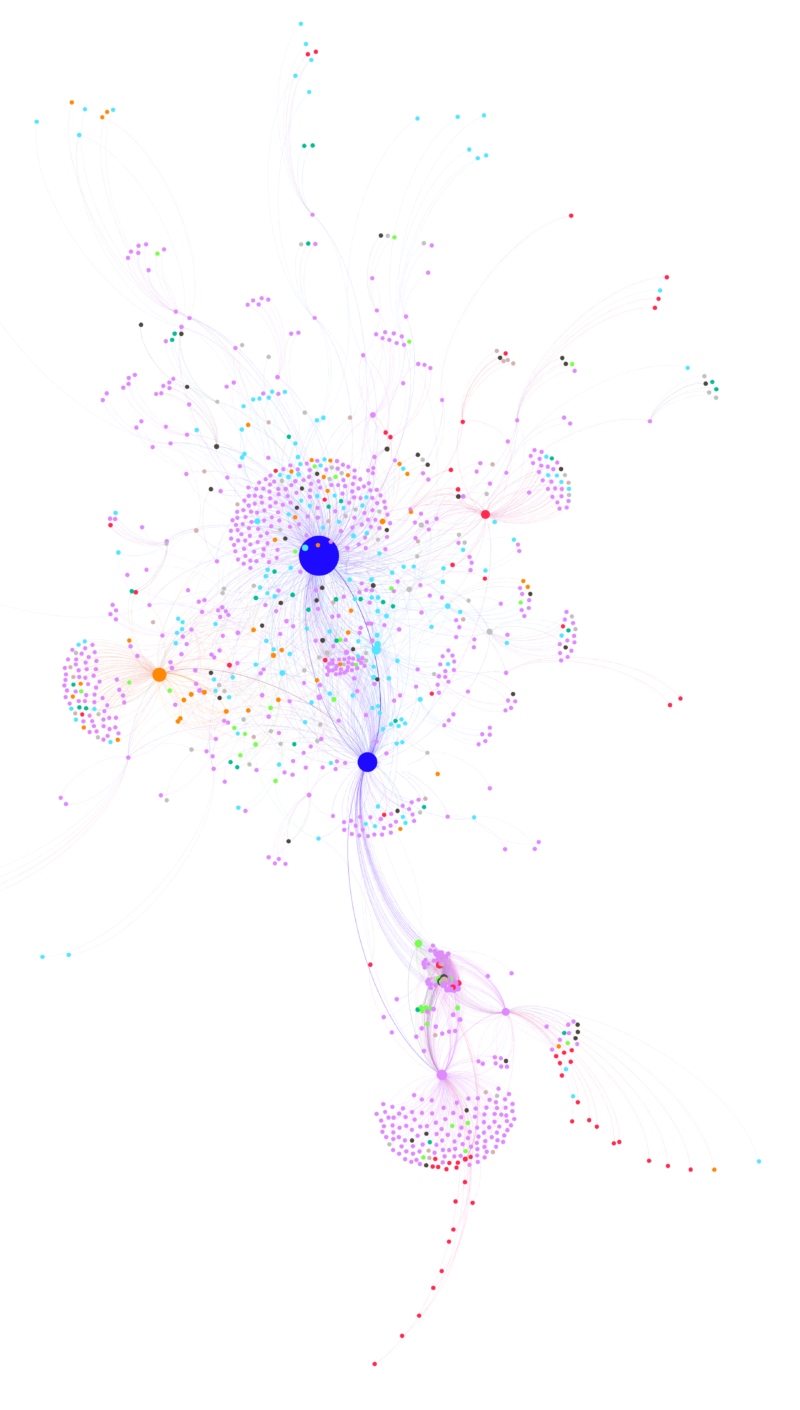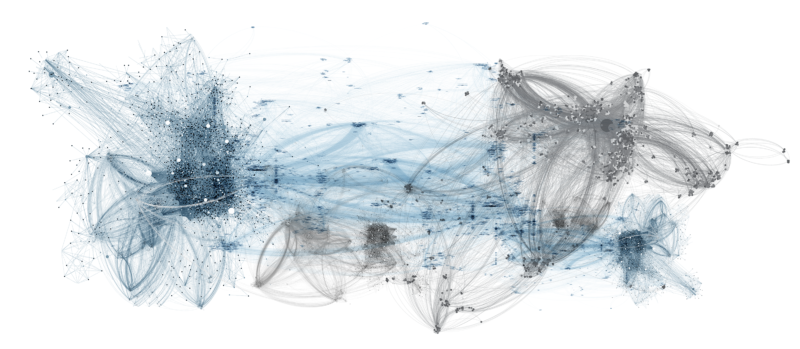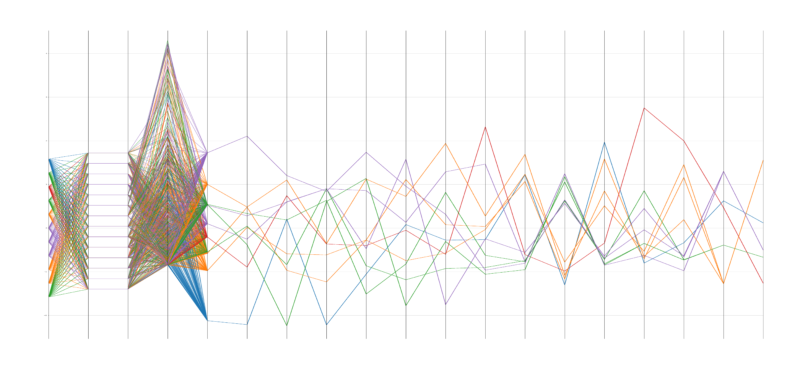
For Seth Crider ’18, art is a way of making ‘invisible’ information, visible
Wednesday, May 6th, 2020
At some point during his freshman year, studying political science at a college in Western Pennsylvania, Seth Crider decided he’d made a wrong turn.
Yes, he was interested in the subject — but he had lots of interests, and felt a pull toward pursuing something a more creative. “I wanted to do a little changeup,” Crider says. “I had an idea I wanted to explore fine art, mainly, but I was also very interested in the intersection of technology with that process.”

Seth Crider
That pivot brought Crider, a native of Red Lion, York County, back to the region and to PCA&D. It would be a decision that challenged him, forcing him far outside his comfort zone. And it would be a decision, he says today, that put him on the path toward a Fine Art BFA at PCA&D in 2018, toward graduate school at New York City’s Pratt Institute, and toward a career that melds his art experience and sensibility with cutting-edge ways to present data and research that makes it accessible and “visible” in ways it hasn’t been before. Through this summer, he’ll be wrapping up a yearlong fellowship for United Nations Global Pulse. There, he’s innovating techniques that present data in ways that support sustainable development and humanitarian action.

Visualization of connected United Nations agencies in conversation with citizens and different agencies over Twitter. Courtesy Seth Crider.
We talked to Crider about his unconventional path: his need to switch gears when he came to PCA&D, his experience of the College’s Foundation year, and the benefits he’s found from adapting what he learned in his PCA&D years to his current interests.
What was your first year at PCA&D like, when you’re required to take classes in all of the BFA departments as well as Liberal Arts?
SC: That Foundation year was very much outside my comfort zone, 100%. And it’s not a bad thing to realize, Oh, I don’t know as much as I thought I did — and I want to know more. I like the fact that during the Foundation year there’s exposure to all (of the College’s majors). I realized I didn’t know exactly what I wanted to be, and I found myself liking different bits and pieces of it all.

An unsorted multi-network visualization of tags from three machine-learning platforms assigned to artwork from the Metropolitan Museum of Art in New York.
What did art school teach you that maybe your peers in data visualization who’ve taken a more technical approach in training don’t have?
SC: Making things by hand, making mockups — a lot of people aren’t familiar with the process of making iterations and critique. Maybe using what doesn’t work with this project in another project. It’s the process of making: You make, you go back, you re-do. And learning that at PCA&D, that’s a kind of strength that’s really helped.
In art school, you can take a simple project and it goes through critique, and you get lots of suggestions, lots of avenues that you hadn’t considered, maybe materials suggested that you’re not familiar with. You learn to take that challenge on. And it works so well with my job, which is to take different pieces of information and create the links between them.

Digital landscapes generated by a process using General Adversarial Networks (GAN ), a machine-learning technique involving imagery. Courtesy Seth Crider.
You are graduating with a Master’s degree in Data Analytics and Visualization. What’s it like to search for a job at this time?
SC: Logistically, it’s a weird time to navigate the job market, but I feel very prepared and good that I have specific skill sets and strengths. I keep finding spaces where creativity, art, and technology come together, and I can keep teaching people (concepts) that seem unattainable at first, but really aren’t.
What advice do you have for people who are still in art school, or thinking about pursuing a BFA degree?
SC: PCA&D was the great opportunity to go and explore and do what you want and get experience — and you don’t have to know what you want to do at first. If you find printmaking interests you, you can try it, or if there’s a technology you want to try, you can do it. There are different people on the faculty and different specialties, so talk to them; pick their brains! If you follow that — and for a while I didn’t know what I wanted, so that’s what I did — it’ll work out.

A multi-variate visualization of 11 countries’ performance across a variety of surveys. They are measured and grouped by color according to likeness with one another. Courtesy Seth Crider.
